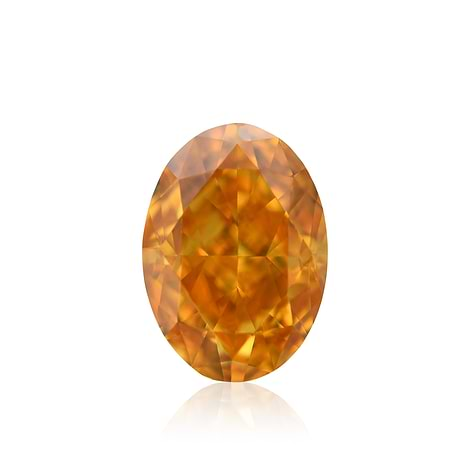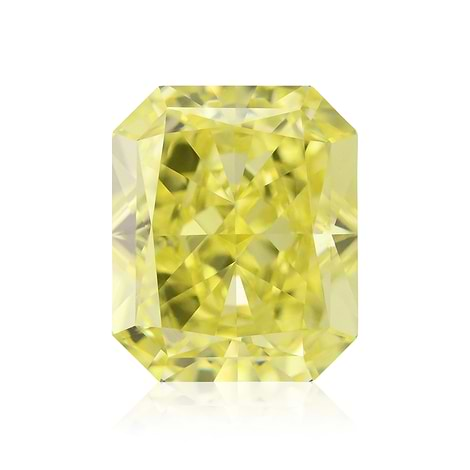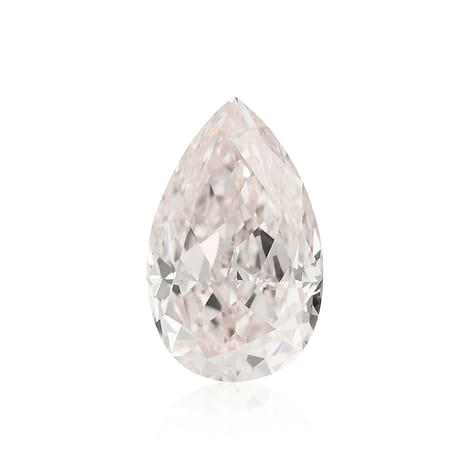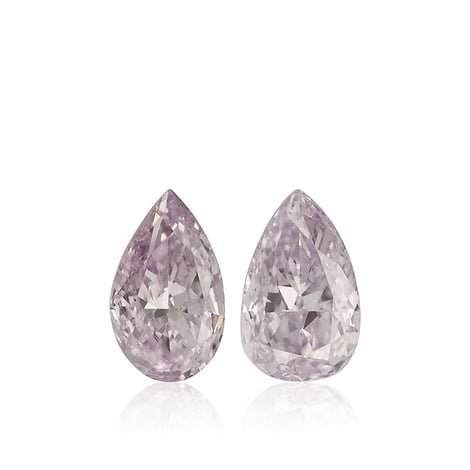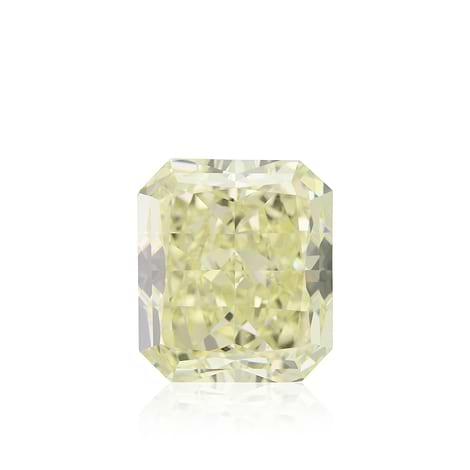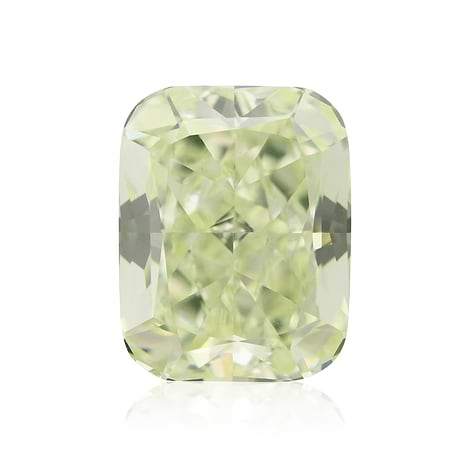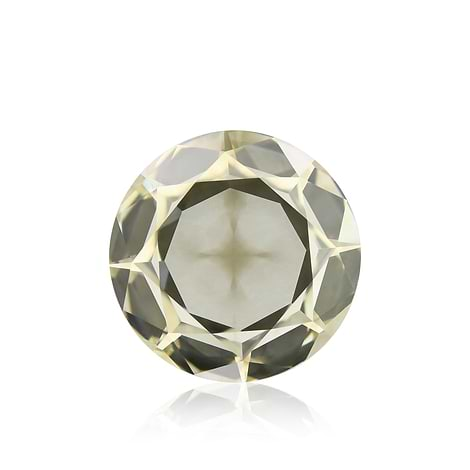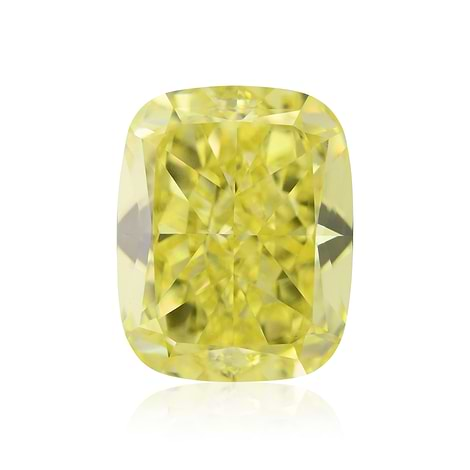Diamonds are on the expensive side as they are rare, as well as hard to uncover. The precious stone is found in kimberlite pipes located beneath the Earth’s surface, but only one percent of all kimberlites pipes actually contain the gemstones. A great deal of funds and effort is put into discovering just the kimberlites itself, let alone the diamonds which many don't even know where they come from. Therefore, any aid whatsoever that could assist in finding these pipes would be one less step in the long process of diamond discovery. Interestingly enough, a rare plant has recently been discovered as possibly being an indicator for the presence of kimberlite.
Pendanus candelabrum has a tendency to grow in greater abundance near kimberlite, making it a fantastic marker. Unlike other traditional markers used by diamond explorers, such as minerals, this plant can be recognized from the air. This discovery can be a huge breakthrough in terms of the efficiency of diamond discovery.
Diamond Discovery Through History
As much as this new revelation sounds like science fiction, something only now discoverable thanks to our extremely advanced technologies, plants have actually been ways of tracking many elements over history. For instance, plants have been used in Sweden to find copper since medieval times. In general, plants and the general vegetation surrounding an area containing natural commodities tend to stick out from the rest of the geological location. A change in the type of stones, flora, and sand can point to the presence of something rare and important.
Everything In Proportion
Though this is a very exciting discovery indeed, it is important to take it in stride. Finding kimberlite is only one step in discovering the real thing: diamonds. Not to mention those that are found with compound elements causing some of the most beautiful natural colors we see available in the market today.

Some of the unique natural hues of fancy color diamonds available
Additionally, another setback is the fact that pendanus candelabrum tends to grow in tropical climates whereas diamond mines are generally not found in such areas. Nevertheless, there is hope that the correlation between the two will be able to be expanded and that further plants, indicating the whereabouts of the highly sought after gemstone, will be discovered.

